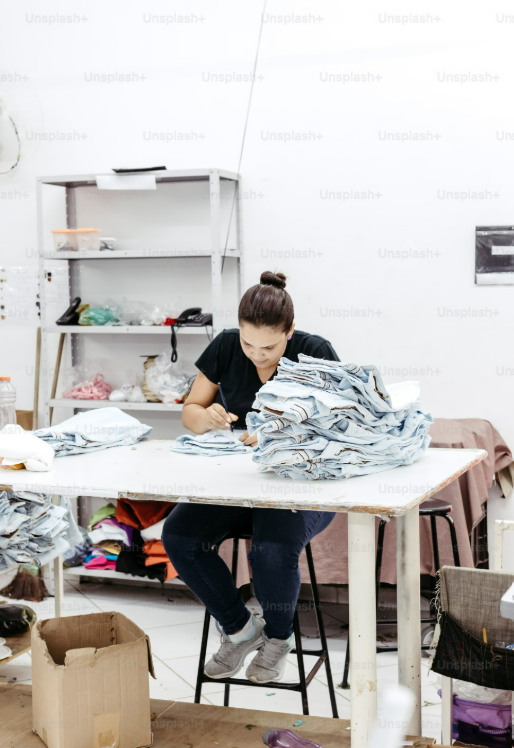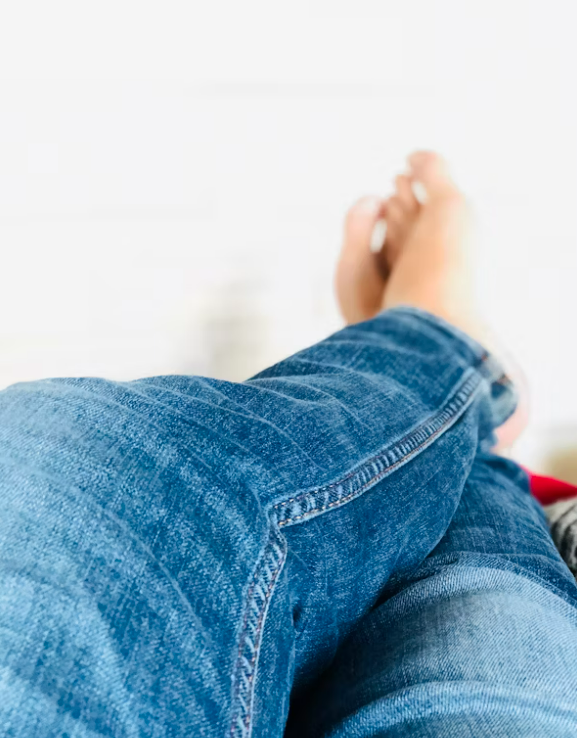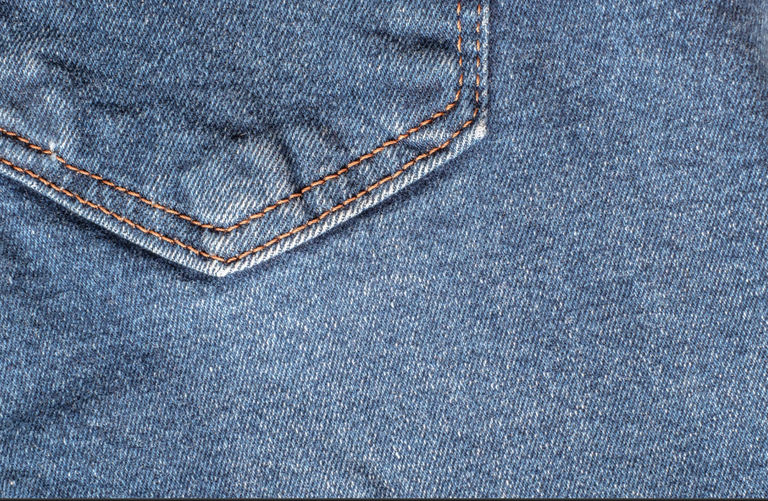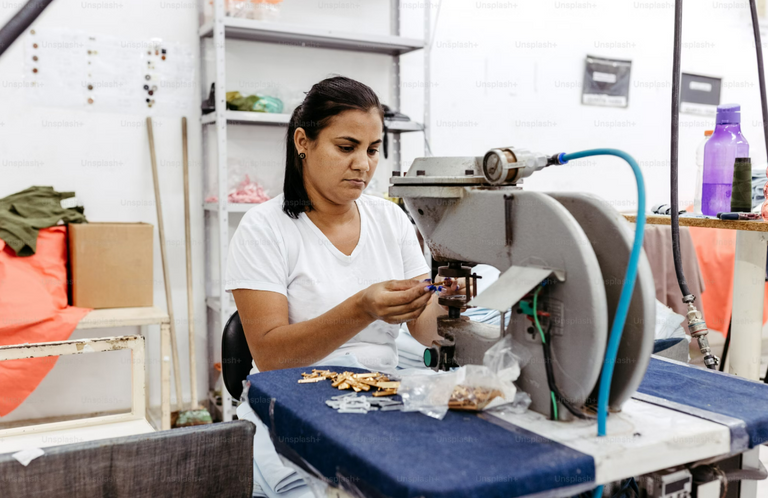How to Stitch Clothes at Home: A Step-by-Step Guide
Stitching your own clothes is a rewarding skill that allows you to create custom outfits, repair garments, and express your creativity. Whether you’re a beginner or looking to refine your sewing skills, this guide will walk you through the essential steps.
🧵 Materials and Tools Needed
✂️ Basic Sewing Supplies
- Fabric (cotton, linen, or any preferred material)
- Sewing machine or hand-sewing needles
- Thread (matching or contrasting color)
- Fabric scissors or rotary cutter
- Measuring tape or ruler
- Chalk or fabric marker for marking
- Pins and pincushion
- Iron and ironing board
🪡 Optional Tools for Better Sewing
- Seam ripper (for correcting mistakes)
- Thimble (for hand-sewing)
- Pattern paper (for creating designs)
- Zippers, buttons, or elastic (for closures)
📏 Step 1: Take Measurements and Choose a Pattern
- Measure yourself using a measuring tape: Bust, waist, hips, and length.
- Choose a pattern from a sewing book, online template, or create your own design.
- Mark and cut the fabric according to the pattern, leaving extra space for seams.
Tip: Always iron your fabric before cutting to ensure accuracy.
✂️ Step 2: Cutting and Preparing the Fabric
- Lay the fabric flat on a cutting table or floor.
- Use chalk or a fabric marker to trace the pattern.
- Cut carefully using fabric scissors, following the outline.
- Pin the fabric pieces together to hold them in place before sewing.
🪡 Step 3: Start Stitching
Using a Sewing Machine
- Set up the machine by threading the needle and bobbin.
- Choose the appropriate stitch type (straight stitch for most projects).
- Start sewing along the marked lines, removing pins as you go.
- Backstitch at the beginning and end to secure the seams.
Hand-Sewing Method
- Use a running stitch (basic and quick) or a backstitch (stronger).
- Keep stitches even and secure the thread with a knot at the end.
- Use a thimble to protect your fingers when stitching thick fabrics.
🔗 Step 4: Adding Finishing Touches
- Seam finishing: Trim excess fabric and use a zigzag stitch or pinking shears to prevent fraying.
- Pressing: Iron the seams flat for a professional look.
- Hem the edges: Fold and stitch hems to give the garment a neat finish.
- Add fastenings: Sew buttons, zippers, hooks, or elastic if needed.
📌 Step 5: Try On and Adjust
- Wear the stitched garment and check for fit.
- If needed, make alterations by taking in or letting out seams.
- Make final adjustments and press the fabric again.
💡 Bonus Sewing Tips for Beginners
✅ Start with simple projects like pillowcases or skirts.
✅ Use a fabric-friendly thread for durability.
✅ Practice on scrap fabric before sewing your main project.
✅ Keep your sewing machine clean and oiled for smooth operation.
✅ Be patient—practice makes perfect!



